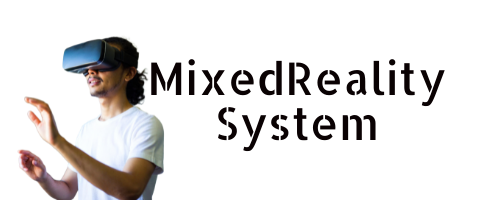At a Glance
- VR training allows paramedics to practice high-stakes birth emergencies without real-world pressure, similar to flight simulator training.
- ParaNatus program simulates emergency childbirths in challenging locations like bathrooms and car seats, improving upon static mannequin training.
- Virtual reality sessions cost approximately $0.75 each, making birth emergency training more cost-effective and accessible for healthcare providers.
- Rural paramedics can access comprehensive birth emergency training anywhere, eliminating travel requirements and increasing practice opportunities.
- VR technology provides mentor-guided training for critical skills including infant CPR, temperature management, and Apgar score evaluation.
While delivering babies might seem like a routine part of medical training, practicing for real-world birth emergencies has always been a challenge – until now. Virtual reality technology is revolutionizing how paramedics and emergency responders prepare for these high-stakes situations, offering immersive experiences that feel remarkably real without the pressure of actual emergencies.
Two groundbreaking VR programs are leading this transformation. NEONATE, developed by Edith Cowan University, throws participants into lifelike scenarios where they must manage everything from a newborn’s temperature to performing tiny-sized CPR. The program was created through a WIRF Acceleration Grant to enhance first responder training. The simulation includes a helpful introduction to VR for users who aren’t familiar with the technology.
Think of it as a flight simulator, but instead of landing planes, you’re helping bring new lives into the world safely. The program even includes realistic baby movements and breathing sounds, making participants feel like they’re handling an actual infant.
Virtual birth training mirrors flight simulators – instead of guiding planes to safety, you’re ushering new lives into the world.
ParaNatus takes things a step further by focusing specifically on emergency childbirth scenarios. Gone are the days of practicing solely on static mannequins – now paramedic students can experience the intensity of delivering babies in unexpected locations, from home bathrooms to the back seats of cars. The cost per session averages just $0.75, making it an extremely cost-effective training solution.
It’s like having a seasoned mentor right there with you, minus the nerve-wracking pressure of a real emergency.
What makes these programs particularly exciting is their accessibility. Rural healthcare workers no longer need to travel hours for training – they can practice these essential skills wherever they are, whenever they want.
The programs offer everything from temperature management tutorials to Apgar score evaluations, all wrapped up in 30-40 minute sessions that feel more like engaging games than traditional medical training.
With full rollout planned for early 2026, these VR solutions are set to transform how emergency responders prepare for birth-related emergencies. The collaboration between medical institutions, tech developers, and practicing paramedics has created something truly special – a training platform that’s not only effective but actually enjoyable to use.
Who would’ve thought that helping virtual babies could be so engaging while preparing for real-world emergencies?
References
- https://www.ecu.edu.au/newsroom/articles/research/cutting-edge-vr-training-to-equip-first-responders-for-birth-emergencies
- https://www.mobihealthnews.com/news/anz/vr-training-birth-emergencies-developed-australia
- https://www.healthservicesdaily.com.au/vr-training-program-for-out-of-hospital-births/27089
- https://www.pulseit.news/australian-digital-health/virtual-reality-equips-first-responders-for-birth-emergencies/
- https://vr-ep.com/paranatus-immersive-childbirth-experience/



Leave a Reply